United Nations envoy Maria Angela Holguin on Wednesday visited two cemeteries which have undergone restorations since an agreement was reached by President Nikos Christodoulides and Turkish Cypriot leader Ersin Tatar over the matter at the enlarged meeting on the Cyprus problem which took place in March.
One of the cemeteries she visited was the Turkish Cypriot cemetery in the Larnaca district village of Tochni, while the other was the Greek Cypriot cemetery in the Nicosia district village of Palaikythro, which is located in the north.
After the visits, she said she was “greatly encouraged to hear directly” from the bicommunal technical committee on cultural heritage’s co-chairmen Ali Tuncay and Sotos Ktoris, who accompanied her on her visits, “about the progress achieved in the restoration process of cemeteries”.
She also said she “welcomed the commitment and support of the Turkish Cypriot and Greek Cypriot leaders to this significant humanitarian effort, which will touch the hearts and souls of many families throughout the island”.
Palaikythro had historically been a mixed village, but its Turkish Cypriot population fled in 1964 to nearby villages, including Mora, Epicho, Knodara, Chatos, Kalyvakia, and Petra tou Digeni, leaving only its Greek Cypriot population behind.
After Turkey’s invasion of the island in 1974, the Greek Cypriot population fled southwards, and the village was repopulated with its original Turkish Cypriot population, displaced Turkish Cypriots from various parts of the south of the island, and Turkish nationals.
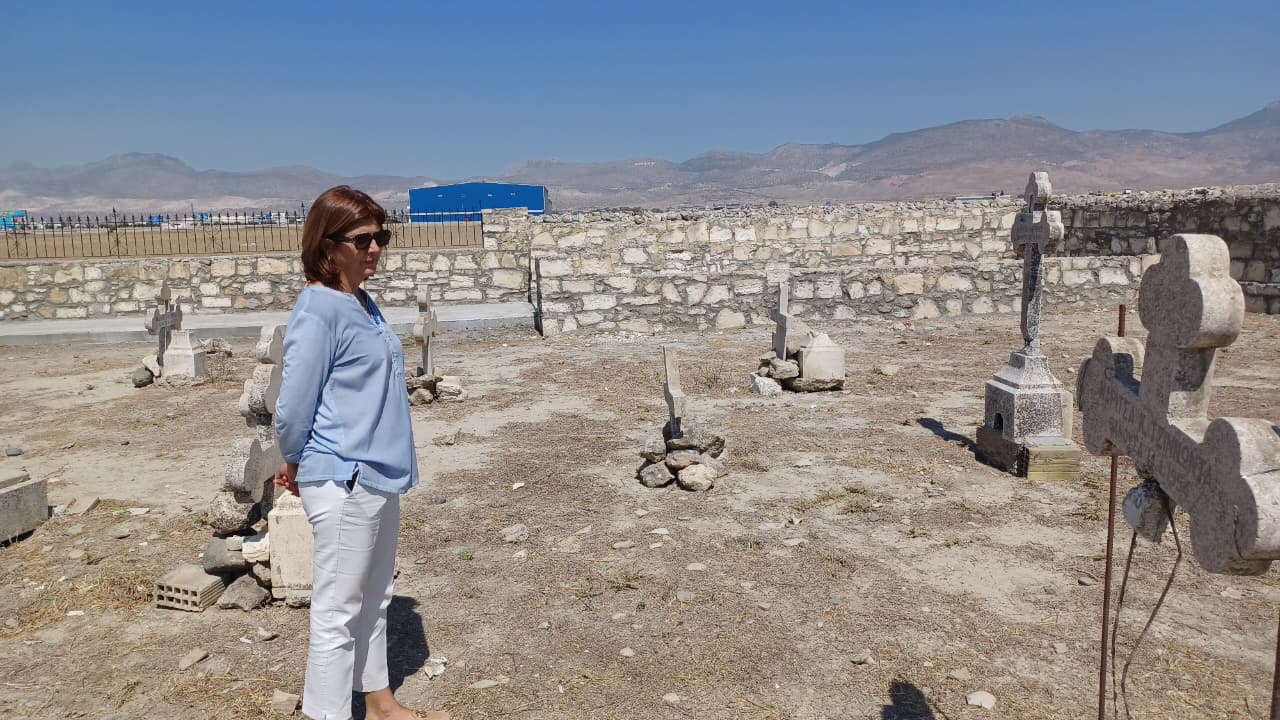
Tochni was the location of one of the starkest scenes of brutality during Cyprus’ intercommunal struggle, known as the Tochni massacre, in which Turkish Cypriot men and boys from the village being rounded up and shot dead with automatic rifles on August 14, 1974, amid the second wave of Turkey’s invasion of the north of the island.
The men and boys, alongside inhabitants of the nearby villages of Mari and Zygi, were taken to Palodia, where they were lined up and shot, before being buried in a makeshift mass grave. In total, 84 people were killed.
Former foreign minister Erato Kozakou-Markoullis publicly apologised to the Turkish Cypriot community for the massacre in 2016, following the funeral of 33 Turkish Cypriot Tochni residents whose remains had been identified by the Committee on Missing Persons.
“I feel the need to express a sincere public apology to our Turkish Cypriot compatriots for the horrific crimes committed on August 14, 1974 by Eoka B extremists against 126 women and children in the villages of Aloa, Maratha and Sandalaris, and 85 civilian men, including a boy of 12 years from the village of Tochni,” Markoullis said.
Markoullis faced backlash for her apology but defended her statement to the Cyprus Mail shortly afterwards.
“I have always felt this way. Today I have the ability, now that I am fully independent, to express my opinion,” she told the Cyprus Mail.

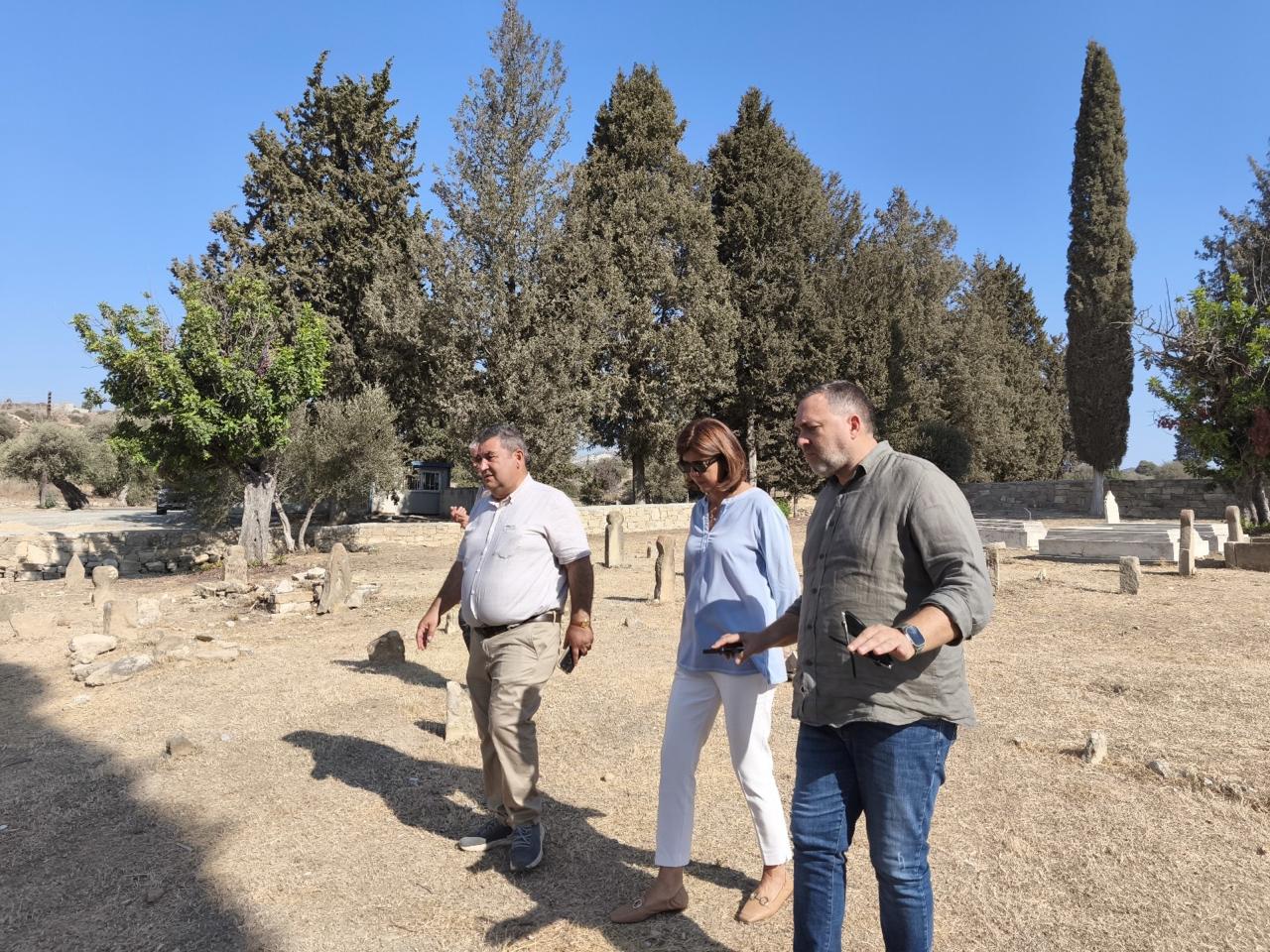
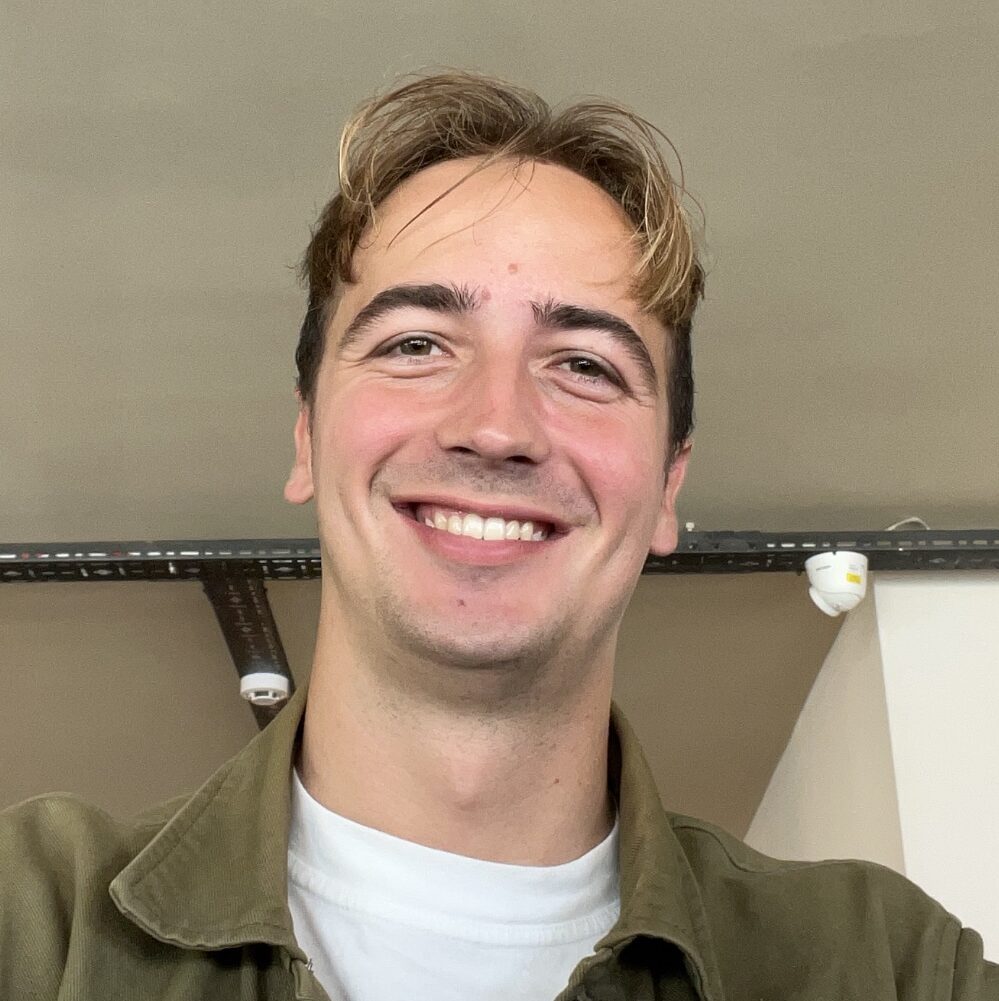
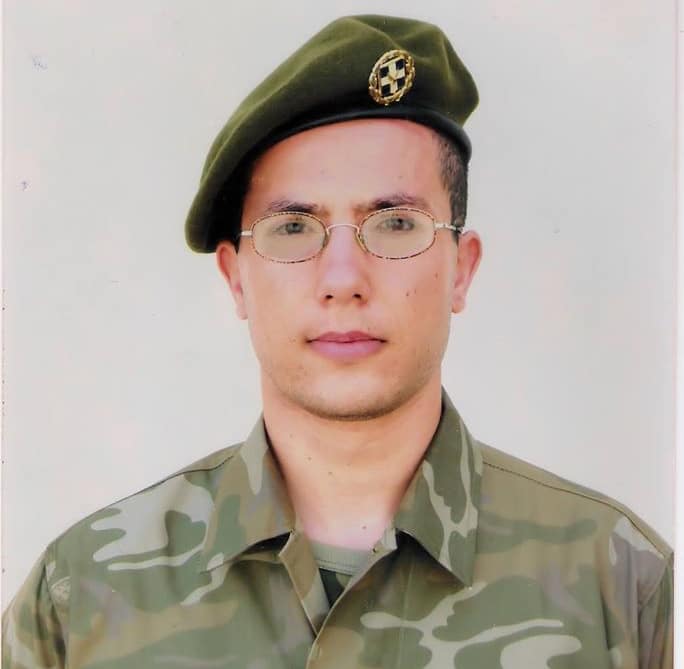
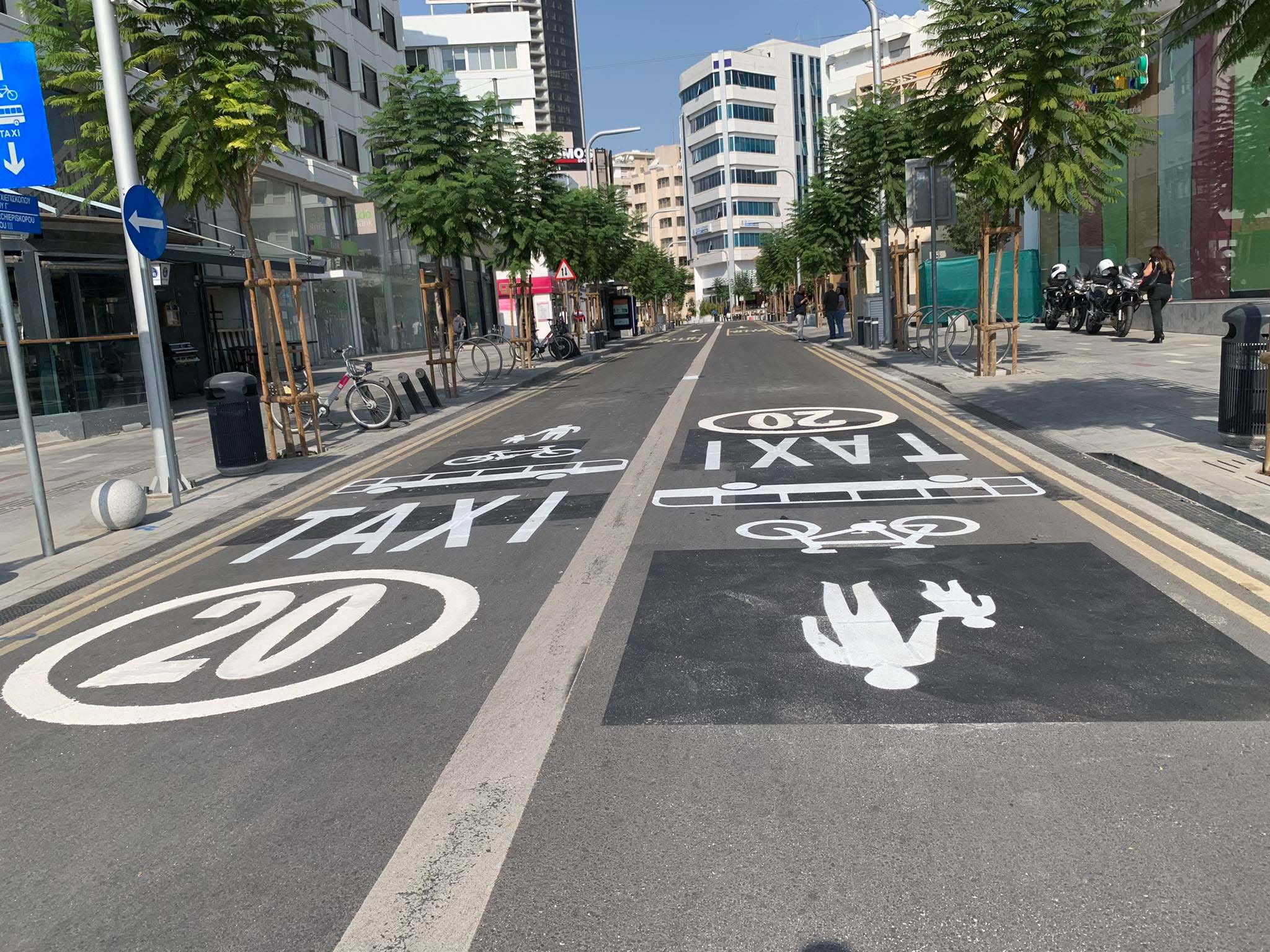
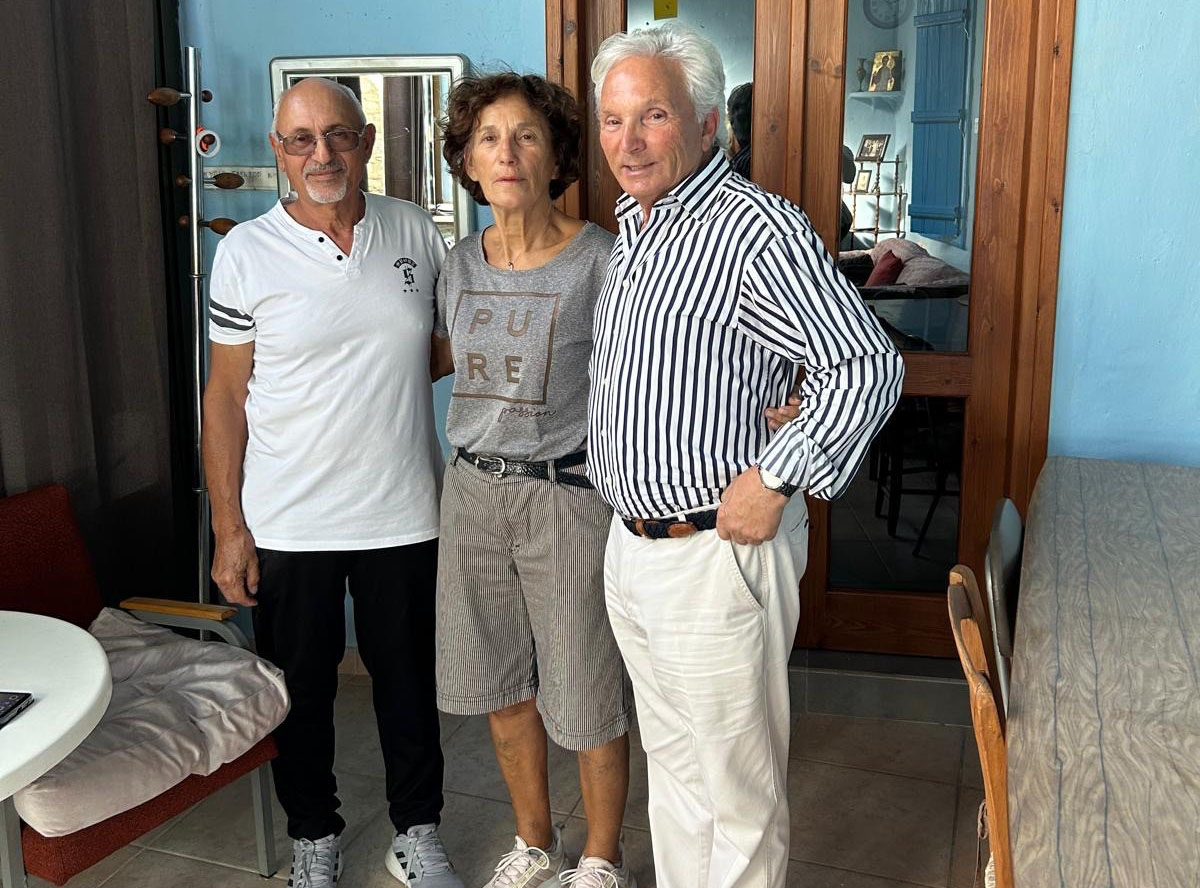
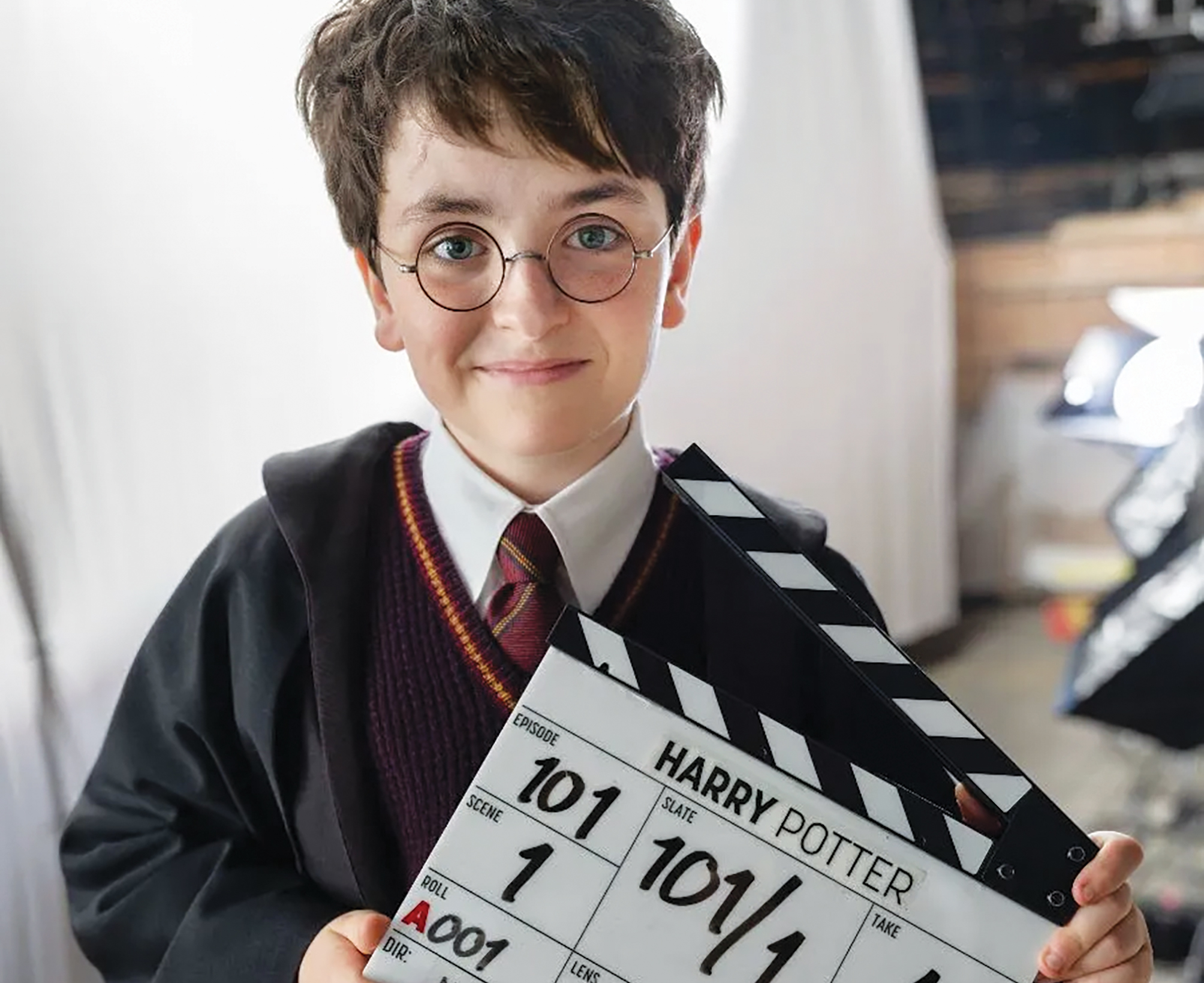
Click here to change your cookie preferences